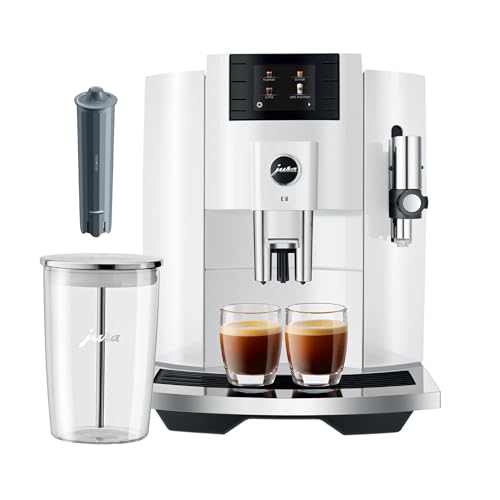Creating silky, velvety microfoam milk is one of the secrets behind café-quality lattes and cappuccinos. Whether you have a full espresso machine or just a simple hand frother, learning to make proper microfoam at home transforms your coffee experience.
In this guide, we’ll walk through exactly how you can make beautiful microfoam with or without professional tools.
What Is Microfoam Milk?
Microfoam is finely textured milk where tiny air bubbles are evenly distributed throughout. It feels smooth, glossy, and slightly sweet. Unlike big-bubble foam you might find in average homemade drinks, microfoam creates that perfect canvas for latte art and gives espresso drinks their luxurious mouthfeel.
Step 1: Choose the Right Milk
Whole milk is ideal for creating rich, creamy microfoam because of its higher fat and protein content. However, you can also use oat milk or other plant-based alternatives designed for baristas just make sure to pick ones labeled “barista edition” for better results.
Step 2: Use Cold Milk
Always start with cold milk from the refrigerator. Cold milk gives you more time to incorporate air and create a smooth texture without overheating.
Aim for about 1/3 to 1/2 full in your milk pitcher to allow room for expansion during frothing.
Step 3: Frothing with a Steam Wand
If you have an espresso machine with a steam wand, follow these steps:
- Purge the steam wand first to remove any condensation.
- Insert the steam wand just below the milk’s surface.
- Turn on the steam and listen for a gentle “hissing” sound.
- Lower the pitcher slightly to introduce air for the first few seconds.
- Once the milk expands slightly, raise the pitcher to submerge the wand fully and start texturing the milk.
- Stop steaming when the pitcher feels just too hot to touch (~140°F or 60°C).
Swirl the milk in the pitcher to merge the foam and liquid into a shiny, glossy texture.
Step 4: Frothing Without a Steam Wand
No espresso machine? No problem. Here are a few alternatives:
French Press Method

- Heat milk to about 140°F (do not boil).
- Pour milk into a clean French press.
- Pump the plunger vigorously up and down to create fine foam.
Handheld Frother
- Heat milk first.
- Froth using circular motions, keeping the frother slightly submerged.
- Be careful not to over-froth and create large bubbles.
Both methods work surprisingly well once you master the rhythm!
Step 5: Pouring the Microfoam
Swirl your milk pitcher to keep the foam and milk integrated. Pour smoothly into your espresso, starting higher to blend the milk and then moving lower to begin shaping your latte art if desired.
Common Mistakes to Avoid
- Overheating the milk: Causes burnt flavor and kills microfoam texture.
- Big bubbles: Often from holding the steam wand too high above the milk.
- Waiting too long: Microfoam degrades quickly, so use it immediately after frothing.
Elevates your entire coffee experience
Perfecting microfoam milk takes practice, but it’s absolutely achievable at home. Mastering this one skill elevates your entire coffee experience, making each latte or cappuccino a moment of pure café bliss.
Keep practicing, and soon, your homemade drinks will rival your favorite coffee shop!












